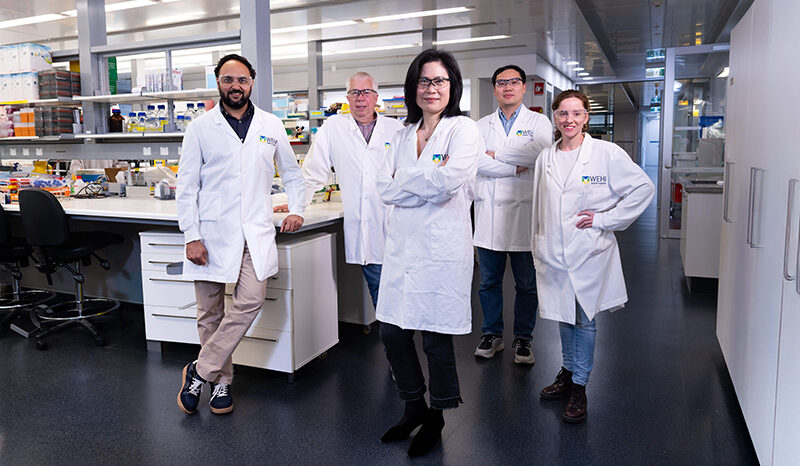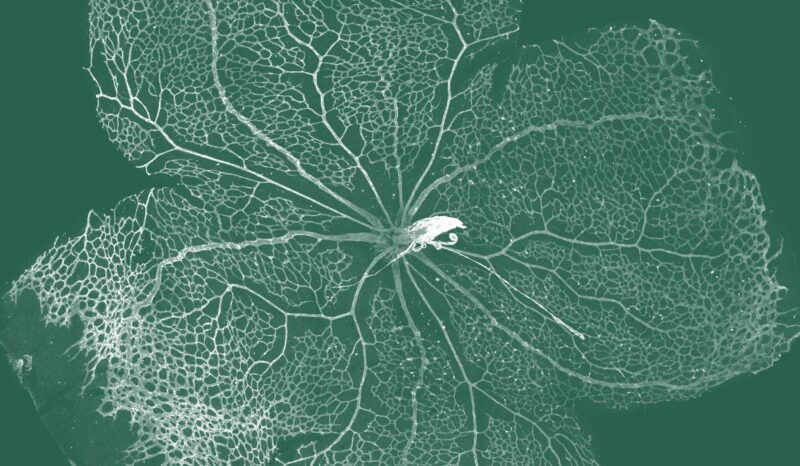Unlocking a Parkinson’s Mystery
PINK1 was first discovered over twenty years ago and has been linked to early-onset Parkinson’s disease. But what the protein looked like and how it becomes activated remained a mystery.
PINK1 recruits Parkin, another protein involved in Parkinson’s, to damaged mitochondria, the powerhouses of cells, and activates its function in tagging damaged mitochondria for degradation.
When this process doesn’t work, or is switched off, the accumulation of dysfunctional mitochondria can contribute to the death of brain cells and the progression of Parkinson’s disease.
“Now we can finally see PINK1 and understand how it binds to mitochondria, we can find new ways to switch it on, which will be life-changing for people with Parkinson’s” said Professor David Komander, Head of WEHI’s Ubiquitin Signalling Division.









